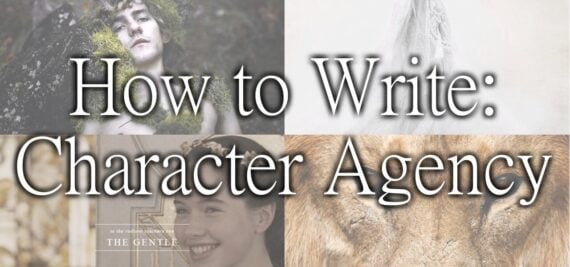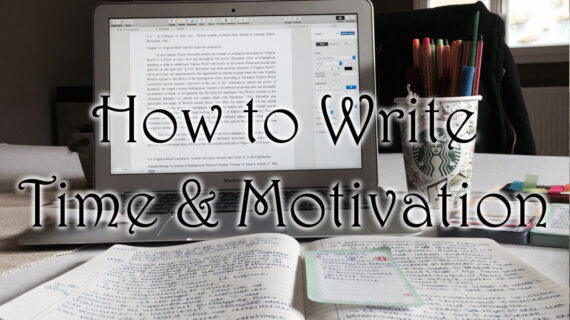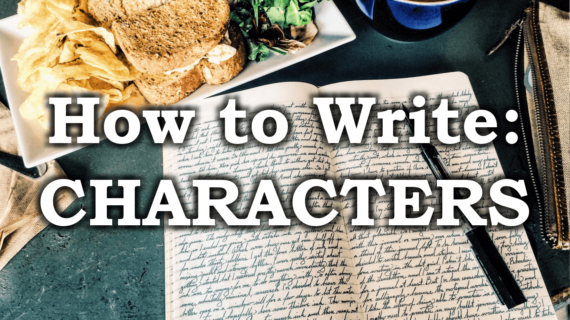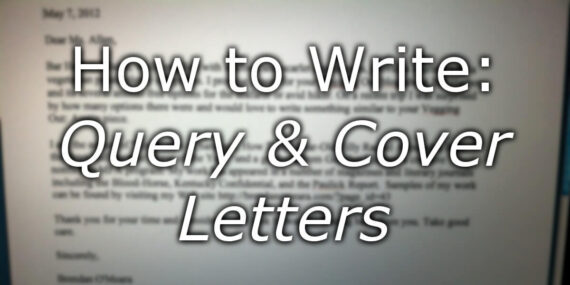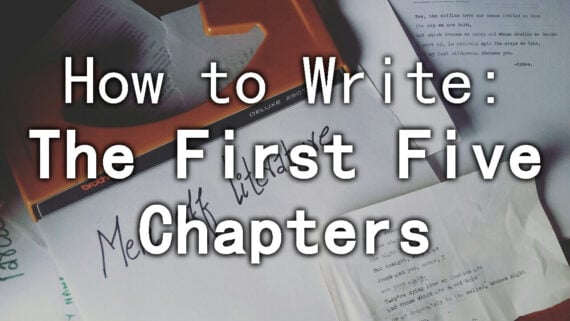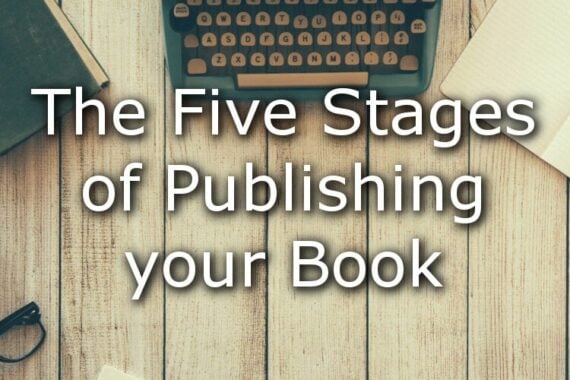How to Write: Character Agency
Character agency is basically about giving your characters choices. It’s also tied in to the idea of making relatable, rounded characters – so characters with aims and flaws, who make good and bad decisions. Character agency is the decision-making bit of that; it’s letting the characters drive the events in your stories. Character agency is…
Details